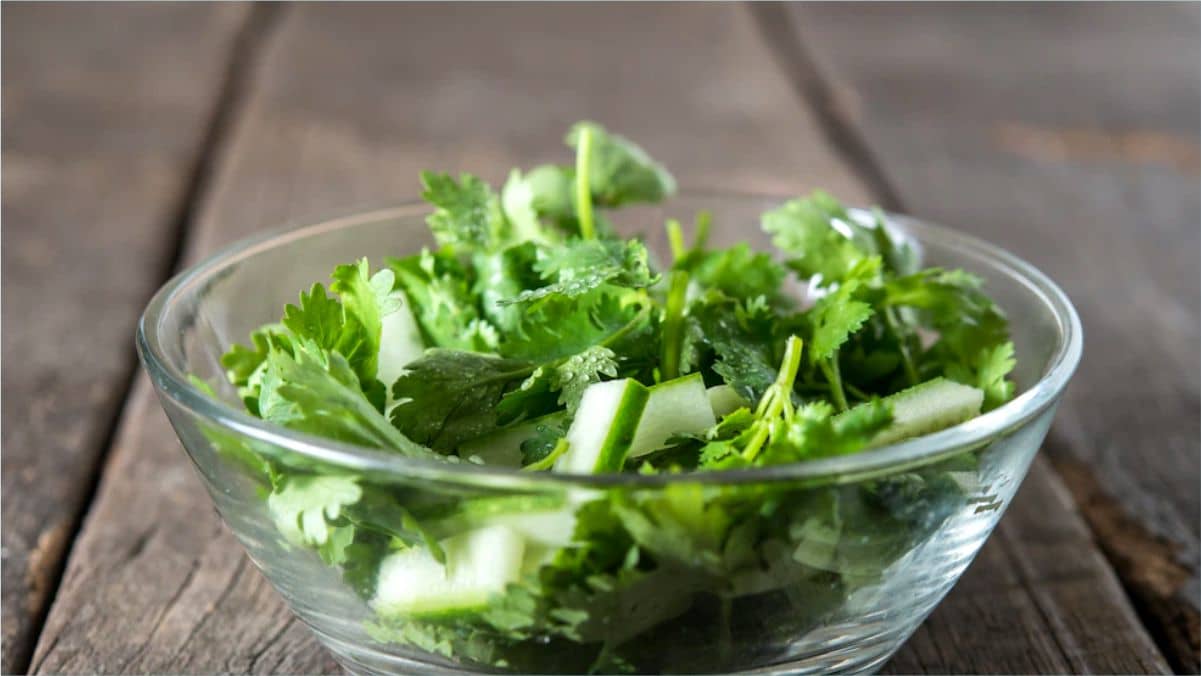- You have no items in your shopping cart
- Continue Shopping



Parsley is a flowering plant native to the Mediterranean. The two most common types are French curly-leaf and Italian flat-leaf.
Over the years, parsley has been used to treat conditions like high blood pressure, allergies, and inflammatory diseases.
Today, it’s widely used as a fresh culinary herb or dried spice. It is bright green in color and has a mild, bitter flavour that pairs well with many recipes.
Often labeled as one of the most powerful disease-fighting plants, parsley provides great nutritional value and offers many potential health benefits.



Here are some impressive health benefits and uses of parsley, making it much more than a mere garnish as it is mostly used today.
1. Parsley is a low-calorie, nutrient-dense herb. It’s particularly rich in vitamins K, A, and C.
2. Parsley contains many powerful antioxidants, which may help prevent cell damage and lower your risk of certain diseases.
3. Parsley is rich in vitamin K, which is an essential nutrient for optimal bone health. Eating foods high in this nutrient has been linked to a reduced risk of fractures and improved bone mineral density.



4. Parsley contains various antioxidants — like flavonoids and vitamin C — that may provide cancer-fighting benefits.
5. Parsley contains lutein, zeaxanthin, and beta carotene, plant compounds that protect eye health and may reduce your risk of certain age-related eye conditions like AMD.
6. Parsley is rich in folate, a B vitamin that protects your heart and may reduce your risk of heart disease.
7. Parsley extract has been shown to have antibacterial properties in test-tube studies. Still, more research is needed.
8. Parsley can be used as a dried spice or fresh herb. Dried flakes are usually added to hot dishes like soup and pasta, while the fresh herb is a great addition to salads and dressings.


